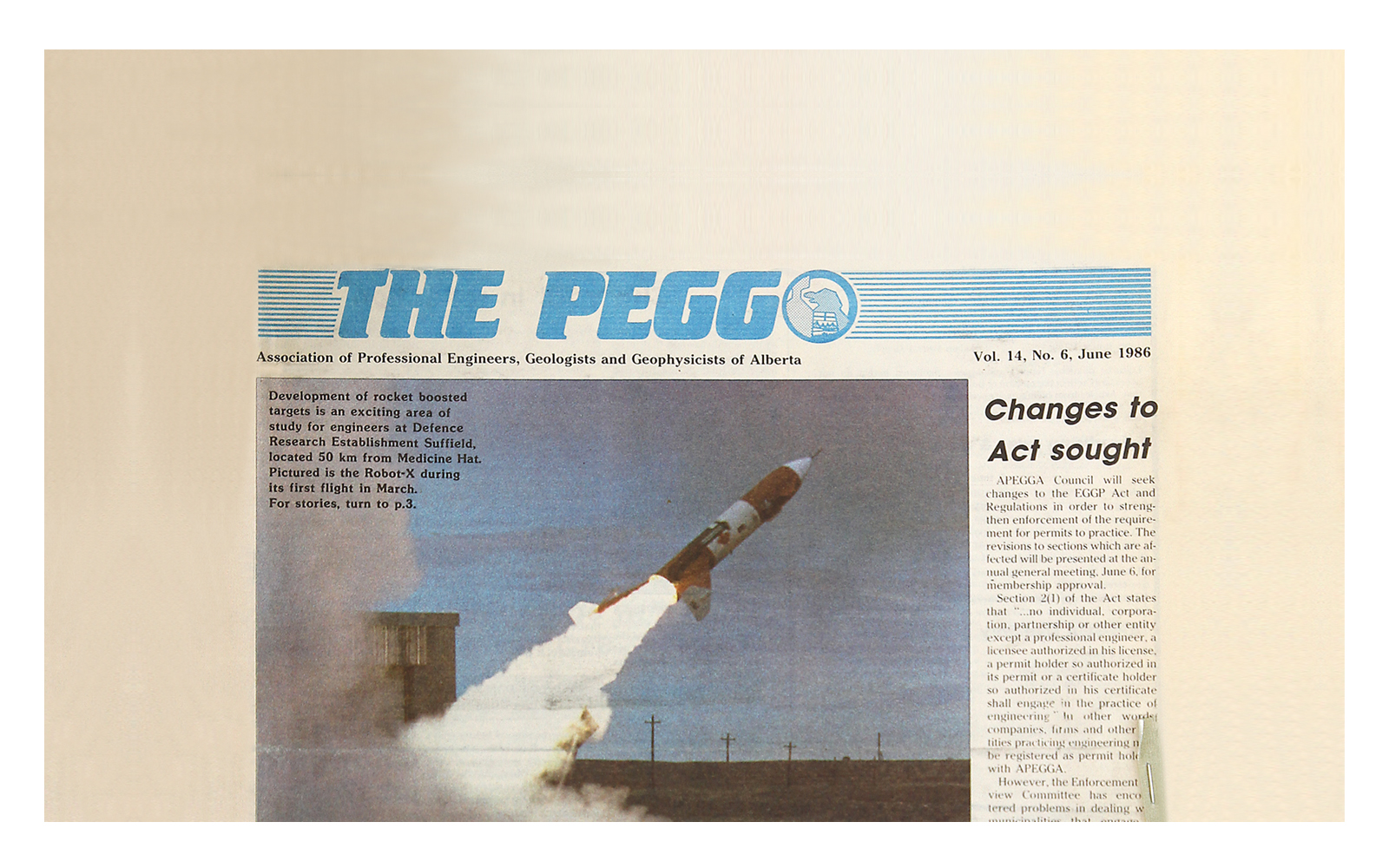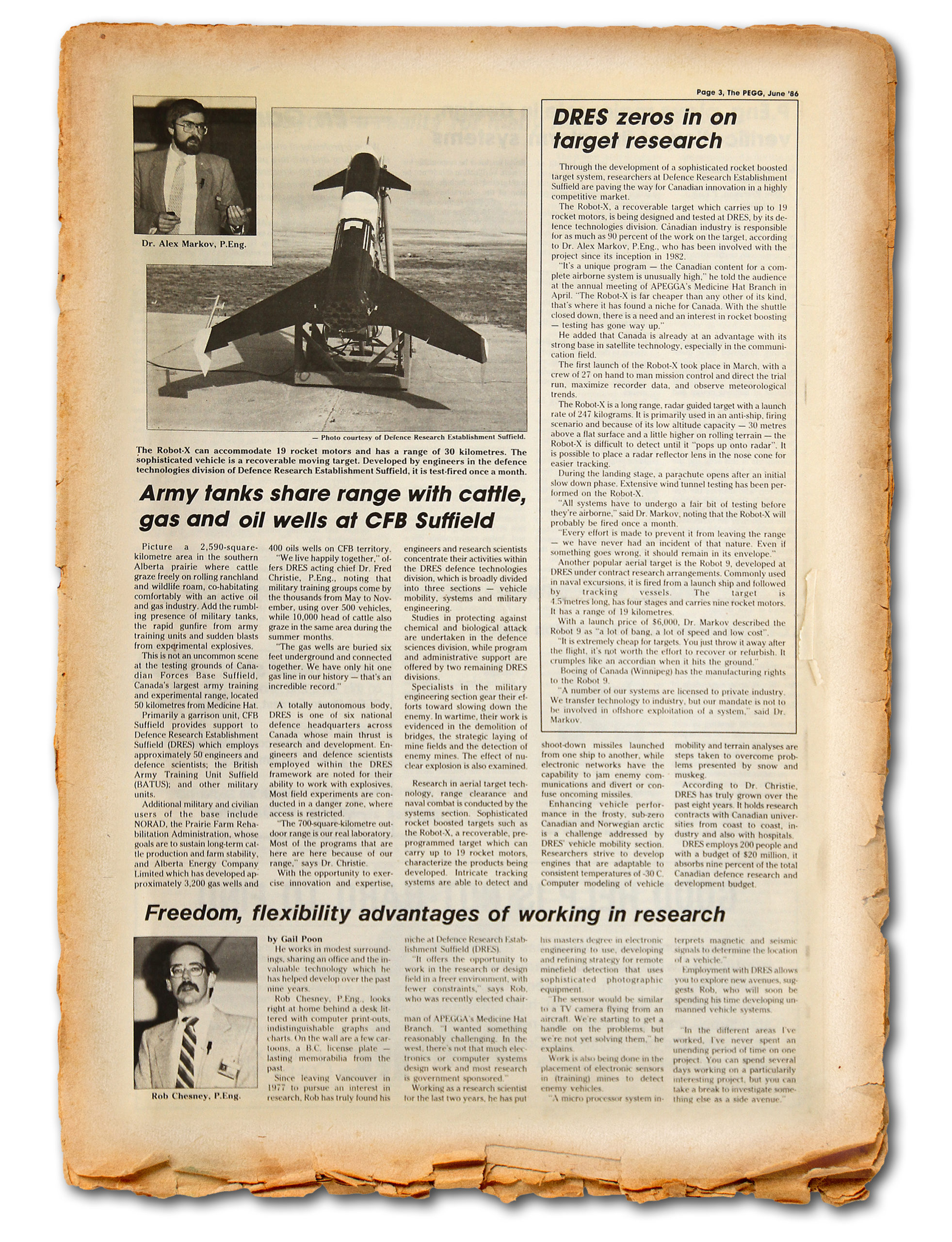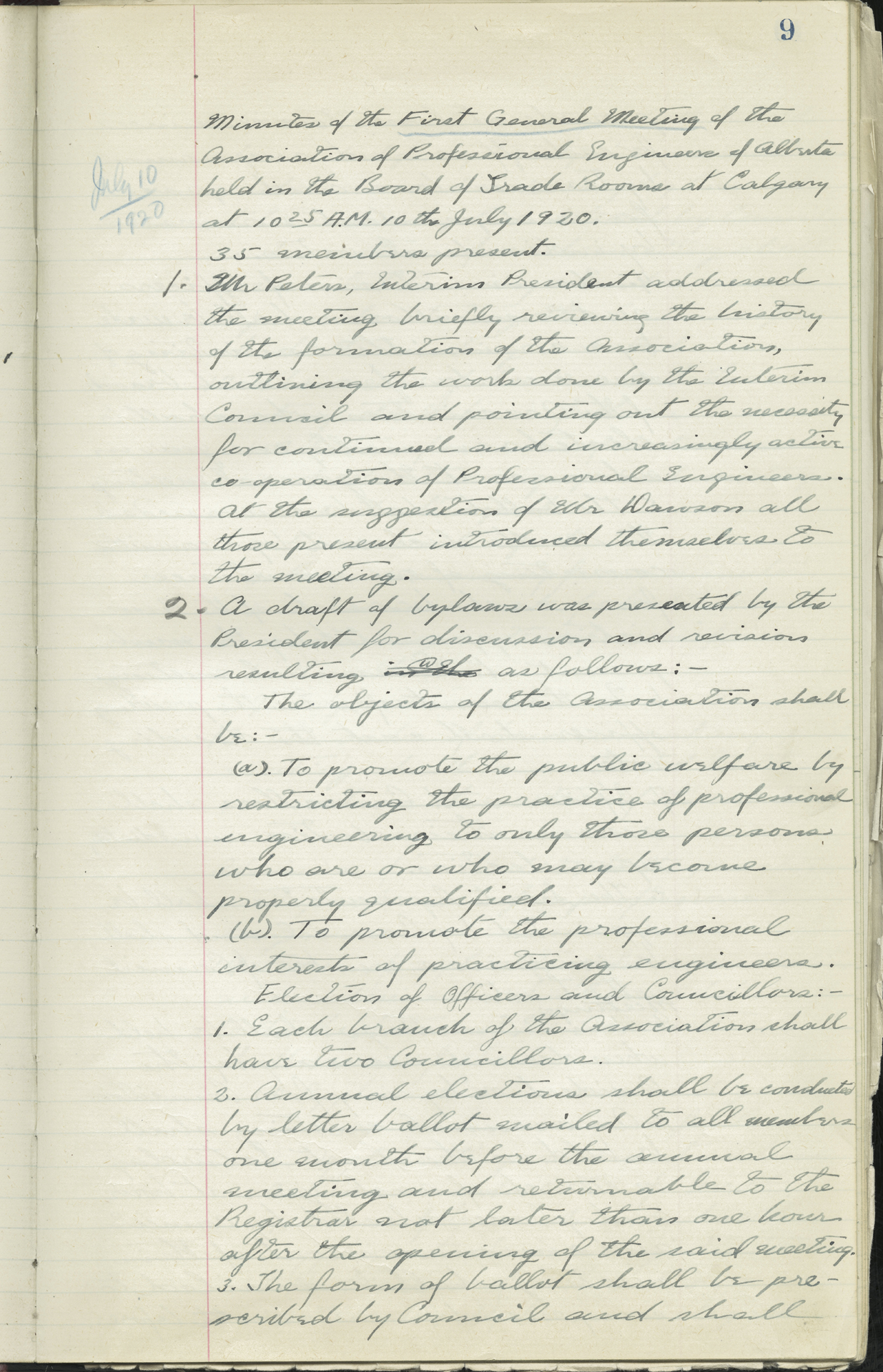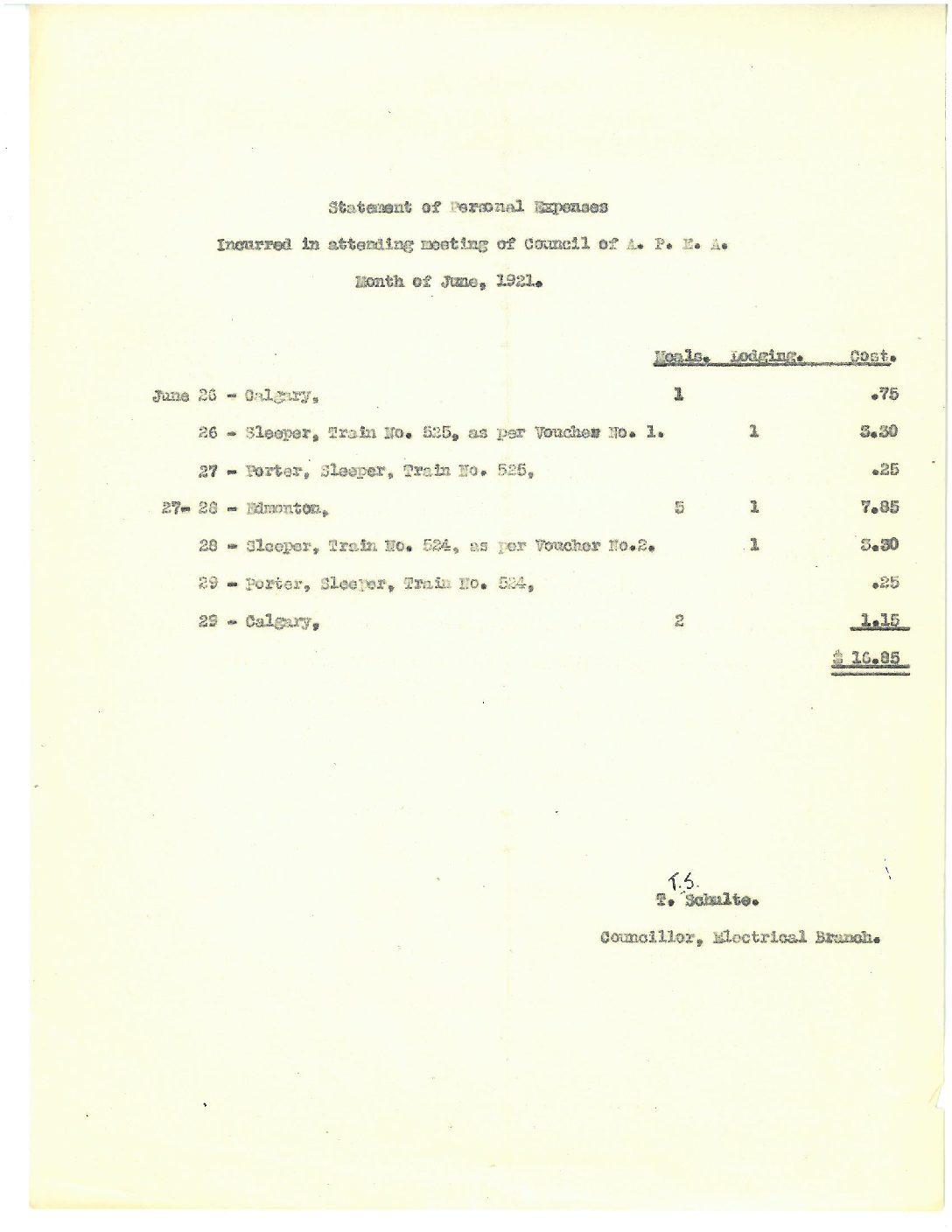The PEGG June 1986
Suffield Research Centre Builds a Safer Canada
Landmine and explosives detection. Chemical and biological weapons defence. Autonomous intelligent systems.
Since 1941, military engineers and scientists at the Suffield Research Centre have worked on these and other innovations in their efforts to increase the safety and effectiveness of the Canadian Armed Forces. It’s all part of defending the security of Canada and our international allies.
Located at Canadian Forces Base Suffield about 50 kilometres north of Medicine Hat, the centre was originally called Experimental Station Suffield. It was established as a joint British and Canadian project—a biological and chemical defence test facility. France had fallen to Nazi Germany in the Second World War, and the station’s initial mandate was chemical warfare testing.
Today, it is one of eight world-class science and technology research centres operated by Defence Research and Development Canada, an agency of the Department of National Defence.
Much of the research done there is unique, like the development of the Robot-X drone. This sophisticated, rocket–boosted target system made the cover of APEGA’s member newspaper in 1986.
Designed for travel at subsonic speeds, Robot-X was developed by engineers in the defence technologies division. It could maintain a low altitude and follow a programmed path, with a range of over 37 kilometres.
This was an exciting area of study for the 50 engineers and defence scientists working at Suffield. One of them was Alex Markov, P.Eng., PhD, who spoke about the project at the annual meeting of APEGA’s Medicine Hat Branch, shortly after the robot’s first test launch earlier that year.
“The Robot-X is far cheaper than any other of its kind. That’s where it has found a niche for Canada,” Dr. Markov said.





